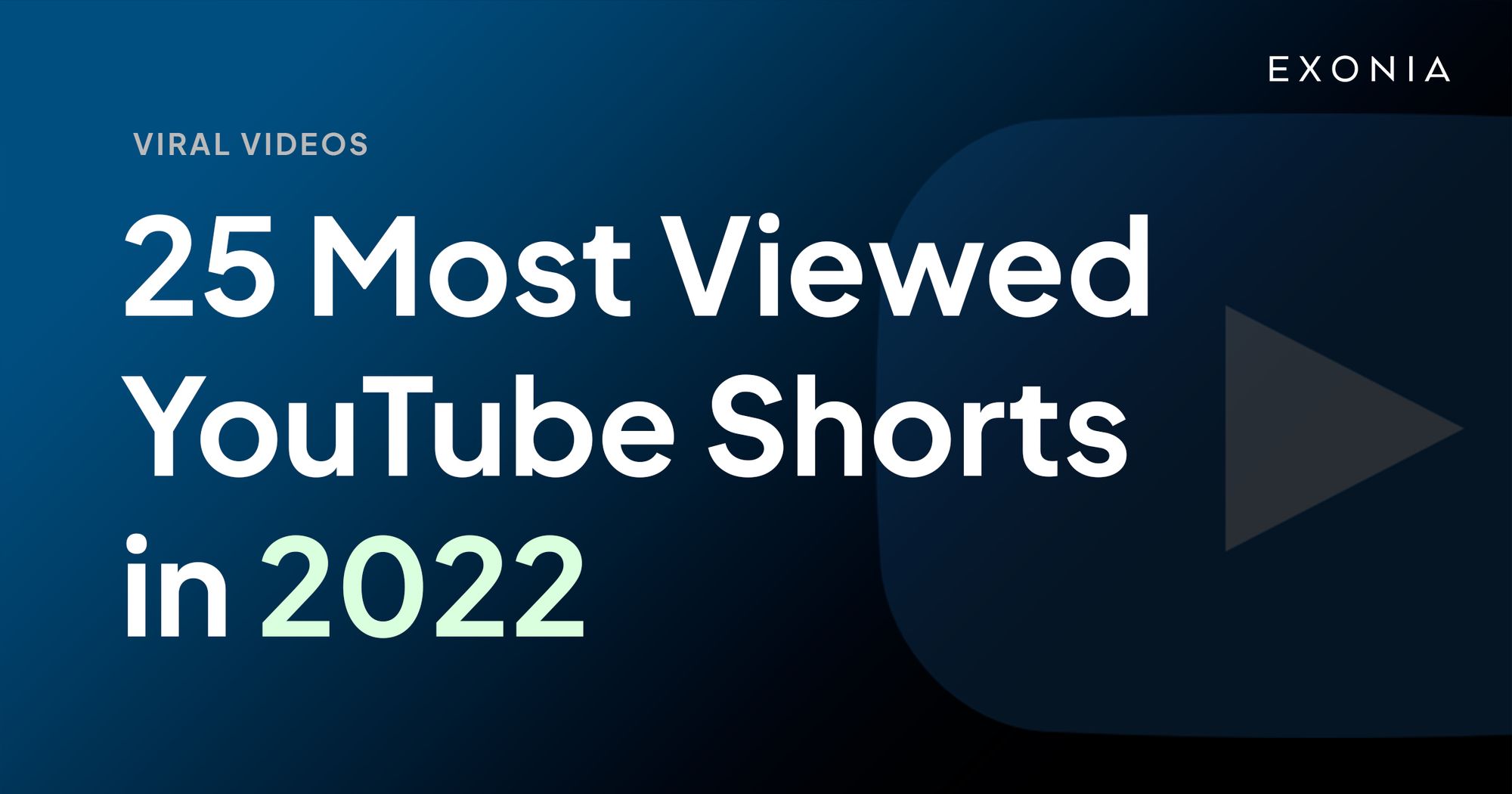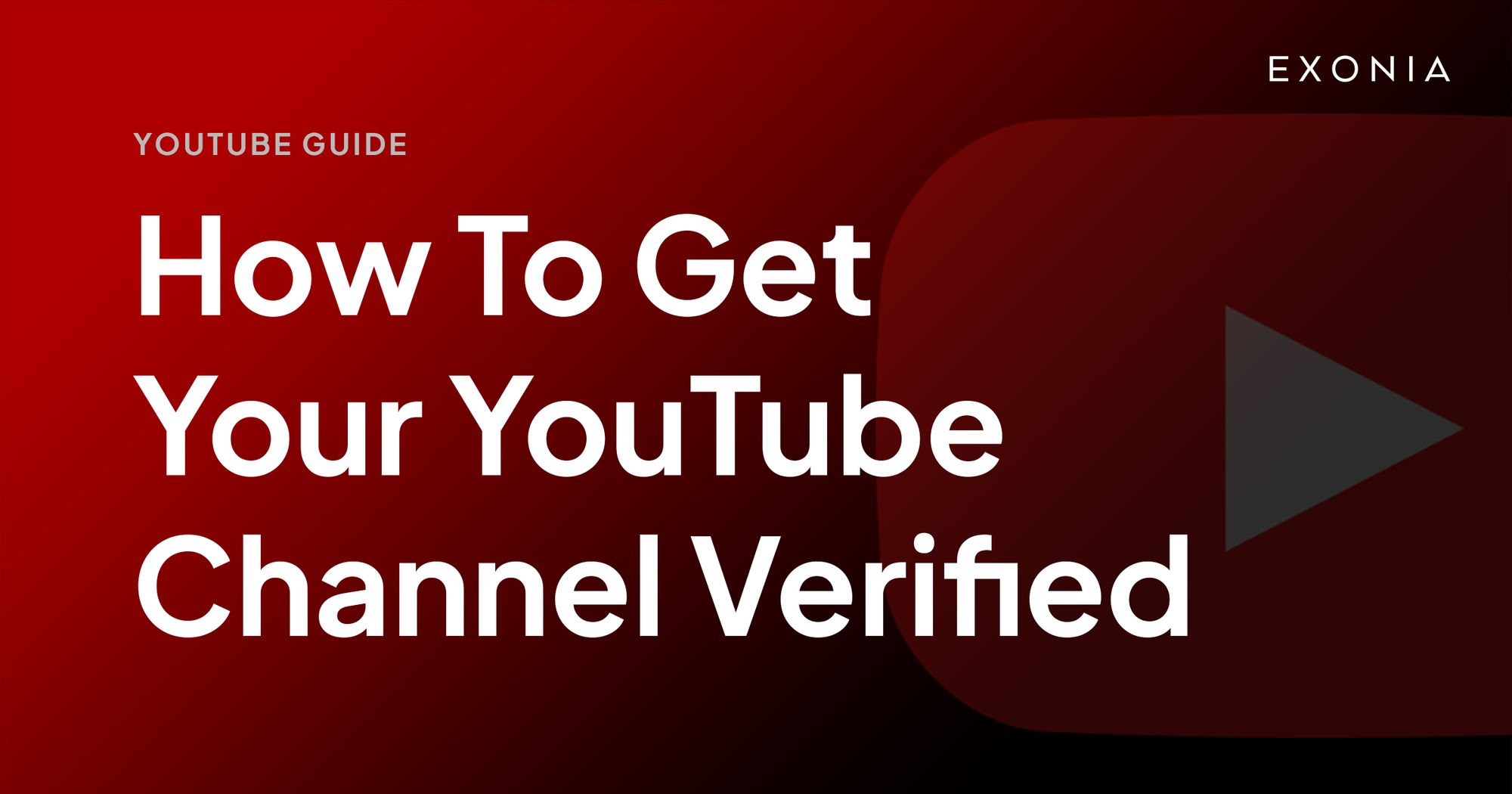Table of Contents
- Introduction
- Jump to a section ✨
- Key information
- Common Questions
- Eligibility
- New YPP Terms
- Revenue Calculation
- Analytics
- Payments
- Shorts Fund
- Super Thanks
- YouTube Shorts FAQ
- How to Enable Monetization on YouTube Shorts?
- Will posting YouTube Shorts affect the views of my long-form videos?
- What counts as a view on YouTube Shorts?
- How do you set a custom thumbnail for YouTube Shorts?
- How much can you earn from YouTube Shorts?
- How much is YouTube Shorts RPM?
- How can you increase your YouTube Shorts RPM?
- Does YouTube Shorts pay more than TikTok?
- Further info
- Summary
Do not index
Do not index
Introduction
After launching YouTube Shorts in September 2020, YouTube is now rolling out its monetization and revenue sharing for Shorts starting today (1st February 2023).
YouTube has over 15 years of experience supporting creators via revenue sharing. They launched the original YouTube Partner Program in December 2007. Since then, YouTube has grown and developed the best ecosystem for content creators.
YouTube Shorts monetization is the latest development to a wide variety of ways to make money on YouTube as a creator. Here's how it works.
Jump to a section ✨
Key information
Common Questions
Eligibility
Let's start with the basics. To be eligible for YouTube Shorts monetization, your channel must be in the YouTube Partner Program (YPP) and comply with YouTube's Community Guidelines, Terms of Service, Copyright and Google AdSense policies.
If your channel is not yet in the YouTube Partner Program, here are the requirements to be considered:
- Have 1,000 subscribers on your channel
AND
- Have 4,000 public watch hours in the past 12 months
- OR have 10 million public Shorts views in the past 90 days
Note: Public watch hours from Shorts views in the Shorts Feed will not count towards the 4,000 public watch hours requirement.

New YPP Terms
To coincide with the launch of Shorts monetization, YouTube has released updated YouTube Partner Program terms that all creators must accept by 10th July 2023. If you do not accept by this time, your channel will be removed from the YouTube Partner Program.
You must also accept these new terms before your channel can start earning from the new YouTube Shorts revenue-sharing feature. If you accept after 1st February 2023, you will only begin earning revenue from this date onwards.
The new terms are part of YouTube's new modular contract structure. This format allows for more flexibility and easier future updates from YouTube when new monetization opportunities are developed.
There are four parts of the new YPP terms that all creators must accept:
- Base Terms - these include the foundational YPP terms, including how YouTube pays you, their content policies and other policies on YouTube.
- Watch Page Monetization Module - this module covers the monetization of long-form videos from ads and YouTube premium.
- Shorts Monetization Module - this is the new monetization format that allows you to earn money from the ads shown between Shorts in the Shorts Feed and YouTube premium.
- Commerce Product Addendum - this is for alternative monetization features such as Channel Memberships, Super Chats, Super Thanks etc.
You will be prompted to accept these new terms within YouTube Studio. If you're unsure if you've already accepted all the terms, you can go to the Earn section of YouTube Studio and check that you are fully set up.

Revenue Calculation
YouTube Shorts ad revenue sharing works differently from the normal ad revenue sharing model for long-form videos on YouTube. This is because ads are not shown before every Short, unlike normal videos. In the Shorts feed, Ads are only shown periodically between many Shorts.
The simplest overview of how Shorts ad revenue will be calculated is that YouTube will calculate the total revenue generated from Shorts ads, separate out views of Shorts with music, and then split the remaining amount to creators based on their share of total views (and apply the revenue share between YouTube and creators on this amount).
Here's the full breakdown:
- YouTube will pool all ad revenue from the Shorts Feed together each month. This is to reward creators and cover the costs of music licensing.
- Shorts Feed ad revenue is then split into the Creator Pool, based on the overall usage of music across Shorts by creators. This is calculated by the number of music tracks included in each short. For example, a short with 0 tracks would see all the associated ad revenue being allocated to the Creator Pool. A Short with 2 tracks would see two-thirds of the associated ad revenue being allocated to music partners and only one-third to the Creator Pool.
- The Creator Pool amount from the previous step will then be distributed to creators based on their share of total views from each country of viewership. I.e. if your Shorts generated 1% of all the views in a specific country, you will receive 1% of the Creator Pool revenue for that country.
- The calculated amount from the step above will then be split between YouTube and the creator. The revenue share is 45% to the creator and 55% to be retained by YouTube.
Analytics
YouTube will start displaying estimated Shorts Feed ad revenue and other performance metrics in YouTube Analytics from 1st February 2023 (or the day you start monetizing shorts if you accepted the terms late).
Payments
The payment of any shorts feed ad revenue will be finalised in the following month and paid alongside existing YouTube revenue via AdSense or your network.
Payments will follow the same timelines that already exist for YouTube earnings.
Shorts Fund
This new YouTube Shorts monetization program replaces the previous YouTube Shorts Fund. The final month to earn a bonus via the fund is January 2023, with notifications due to be sent out in February 2023 for any eligible creators.
YouTube noted on their community post that they expect the majority of Shorts Fund recipients to earn more from YouTube Shorts revenue sharing.
Super Thanks
You can also earn revenue on Shorts via Super Thanks. This fan-funded feature allows creators to earn from fans who want to show extra gratitude on their long-form videos or Shorts.
YouTube recently rolled out the feature to Shorts, so if you're a creator, make sure you have enabled Super Thanks in your YouTube Studio dashboard.
Upon purchasing, the viewer will see a one-time animation on top of the video and will get to post a particular comment in the comments section. This comment will be colourful and easily distinguished compared to normal comments.
Super Thanks is only eligible on Shorts which:
- are not Age-restricted
- are set to Public privacy (and not Unlisted or Private)
- are not set to Made for kids
- are free from any Content ID claims
- have comments enabled
YouTube Shorts FAQ
How to Enable Monetization on YouTube Shorts?
If your channel is in the YouTube Partner Program, and you’ve accepted the recently updated YPP contract terms, you can enable monetization on each Short you upload.
You’ll find the settings on how to do this within the YouTube Studio Dashboard, under the Monetization & Rights management tab.
If you see the message “All shorts views on your channel are now being considered for shorts feed ad and youtube premium revenue sharing” on your YouTube Studio Dashboard, this means you are successfully set up for YouTube Shorts Monetization.
Will posting YouTube Shorts affect the views of my long-form videos?
Colin & Samir recently posted a podcast with two YouTube employees: Todd Sherman (Product Manager for Shorts) and Rene Ritchie (YouTube Creator Liaison), to discuss everything Shorts related.
Todd revealed in the podcast that YouTube has done a number of internal studies and analysis on channels that post both Shorts and long-form videos on their channel. He adds they have not found any data to support that posting Shorts will harm the performance of normal videos.
He also adds they have actually found that creators who post both types of content, are performing better in terms of growth and channel watch-time.
Todd recommends ensuring you have a complementary content strategy between your shorts and long-form videos. You should focus on creating content which will appeal to the same type of audience.
What counts as a view on YouTube Shorts?
YouTube has not publicly disclosed what counts as a view on normal YouTube videos or YouTube Shorts. YouTube has its own algorithm to determine what is an intentional view from a viewer.
With Shorts, it is safe to assume that if someone is scrolling very quickly on their feed, and not letting the Shorts play, these will not count as views.
How do you set a custom thumbnail for YouTube Shorts?
YouTube currently does not support custom thumbnails for YouTube Shorts. YouTube’s system will automatically select a frame from the Short that feels most suitable.
Thumbnails have a limited impact on the success of a YouTube Short as they are not seen within the YouTube Shorts feed player. They are currently only seen on the Shorts shelf on a viewers’ homepage.
YouTube’s product manager for Shorts, suggested on the Creator Support podcast that YouTube are working on adding more functionality to thumbnails on Shorts, allowing creators to select a frame from the Short. He added that they are unlikely to add the ability to upload a custom thumbnail for Shorts.
How much can you earn from YouTube Shorts?
As the Shorts ad revenue sharing only launched on 1st February, 2023, it’s currently too early to have a good understanding of the revenue you can expect to earn from YouTube Shorts.
How much is YouTube Shorts RPM?
Many creators have shared screenshots of their YouTube Analytics on Twitter, and most are reporting an RPM of between $0.01-$0.05 on their Shorts. RPM (Revenue Per Mille) is the metric for how much revenue you receive for every 1,000 views. For 1 million views on a Short, this would equate to between $10 and $50.

How can you increase your YouTube Shorts RPM?
The YouTube Shorts monetization model is a completely different system from normal YouTube videos.
Normal videos receive revenue directly correlated to a number of factors that affect advertising CPM rates (such as niche, video genre, audience location etc.), however, Shorts revenue is much simpler.
Creators receive a proportional cut of the YouTube Shorts Revenue Creator Pool, relative to their share of views in a specific region. With this in mind, the only variable that will affect how much your Shorts RPM is the location of your audience.
Some countries may have higher advertising rates on YouTube Shorts, which, when split in the Creator Pool based on qualifying views, equates to a larger RPM for your Shorts.
As YouTube Shorts ad revenue sharing has only recently launched, we would expect the revenue and RPM to fluctuate initially whilst advertisers test the new format.
Does YouTube Shorts pay more than TikTok?
YouTube is moving away from a fund-based model, by closing its Shorts Fund and introducing the Shorts ad revenue sharing program. TikTok currently only has a Creator Fund which is a fund-based model.
YouTube believes that moving away from a fund will allow creators to earn more revenue as the program will be scalable. Where the fund has been limited in the past, meaning the portion of revenue to each creator gets smaller as more creators succeed on the platform, revenue sharing allows for revenue to scale with views (provided advertising revenues scale at the same rate).
The Shorts monetization is similar to YouTube’s standard video monetization program, which it has had over 15 years of experience operating.
Further info
If you’re interested in reading more, we’d recommend checking out the following pages:
Shorts in the YouTube Partner Program: Eligibility, Ad Revenue Sharing & Analytics
We interviewed YouTube employees about Shorts
Summary
We're excited to see what the future holds for Shorts. YouTube is perfectly placed to help build an excellent ecosystem for short-form and 'hybrid' creators (who post shorts and long-form videos).
Whilst in the early stages, revenue may fluctuate, but like most advertiser-driven formats, we would hope that more advertisers start to use Shorts and the revenue improves over time.
If you're looking for inspiration, check out our post on the top 25 most-viewed YouTube Shorts in 2022.





